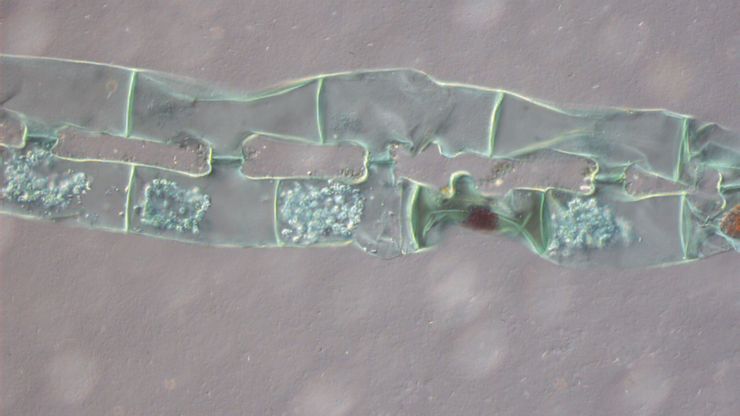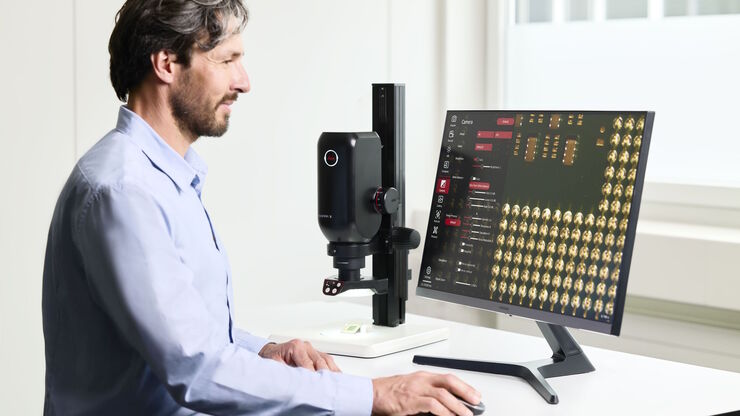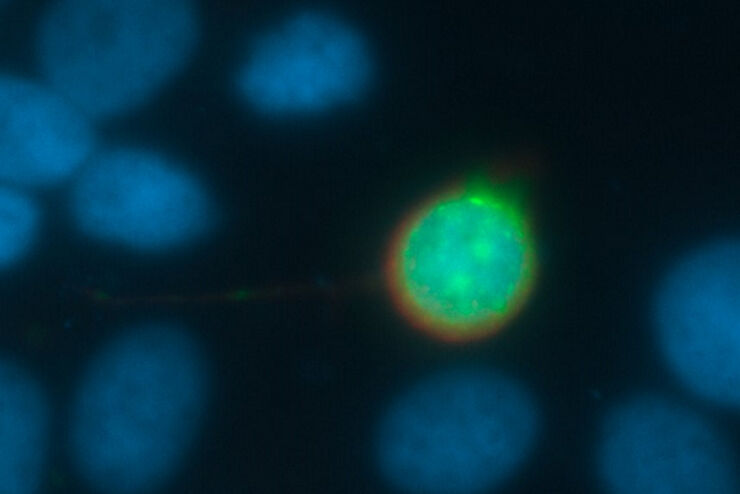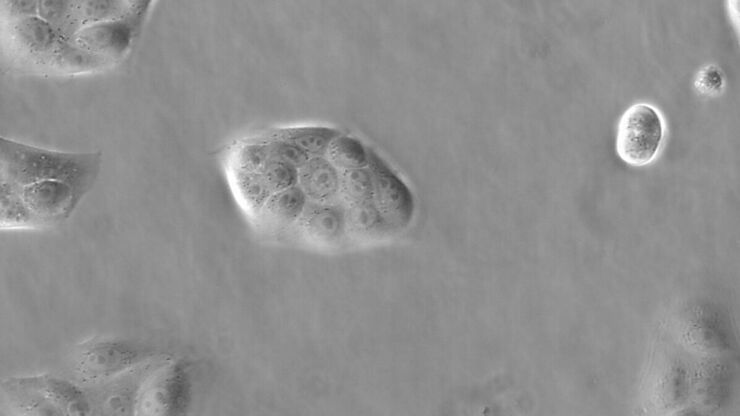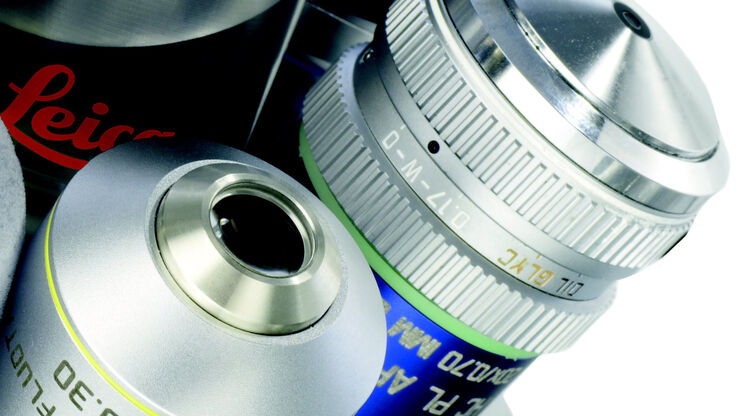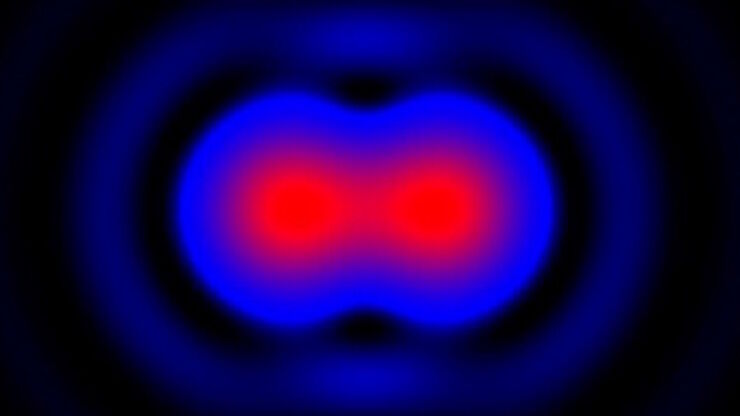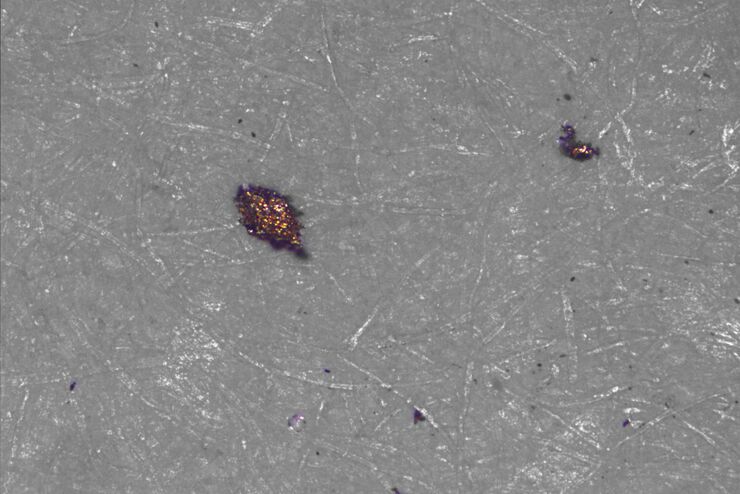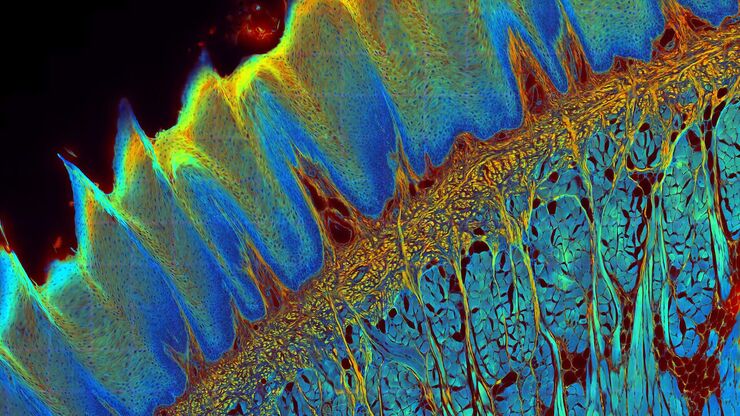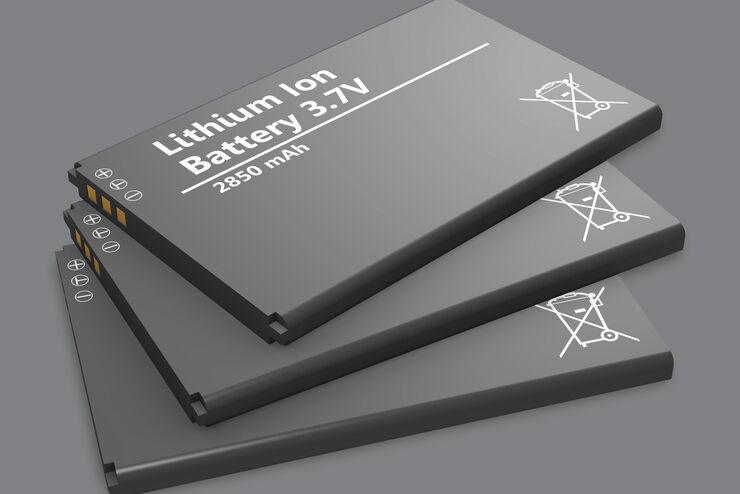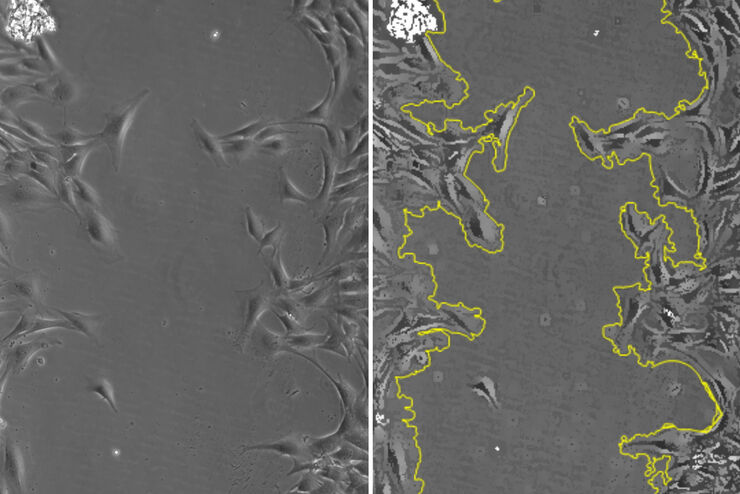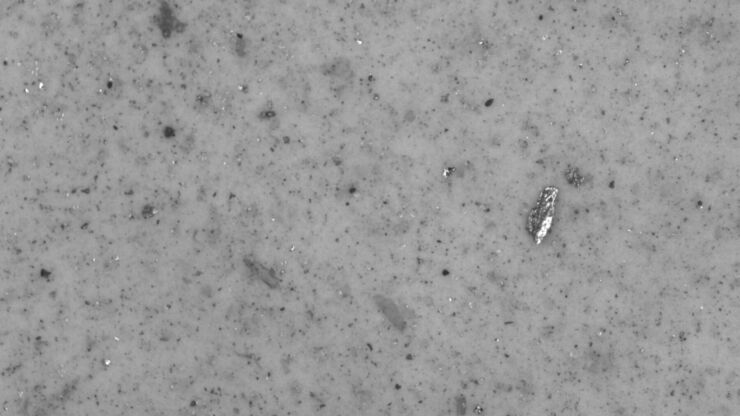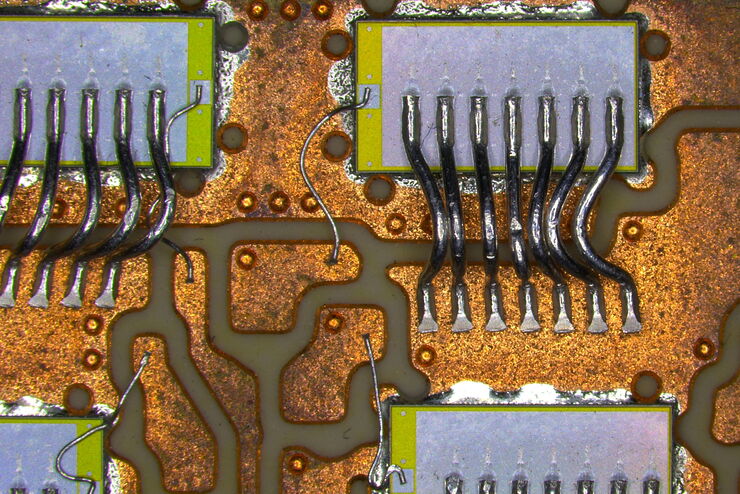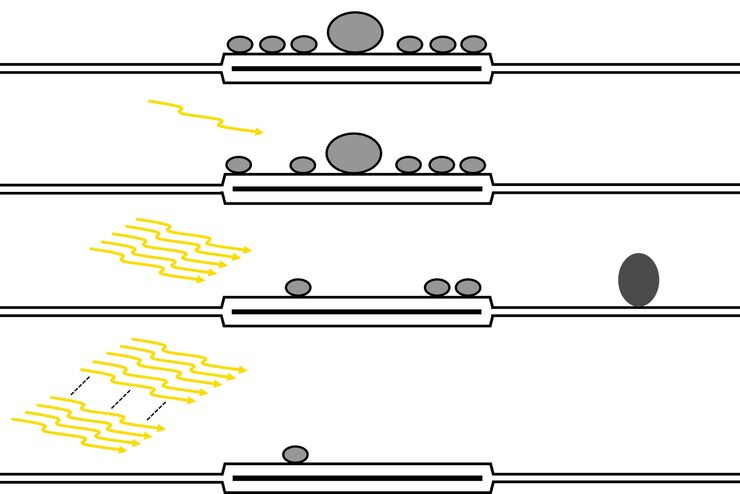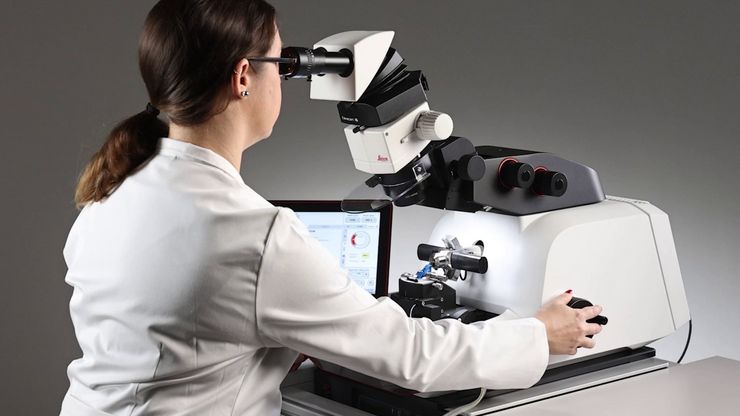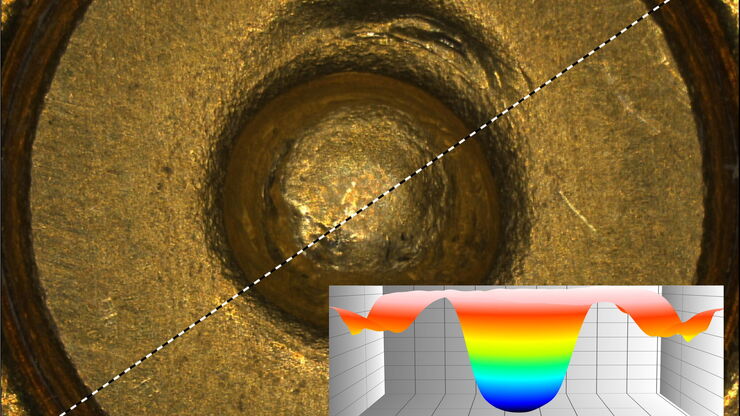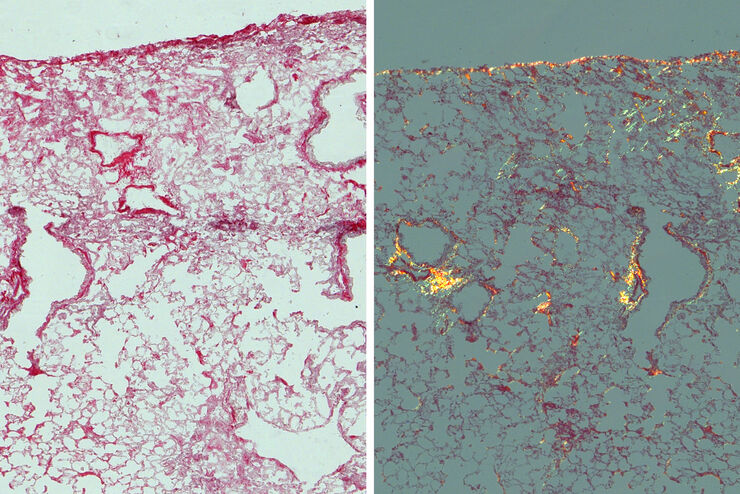James DeRose , Ph.D.

James DeRose ist Global Marketing Communication Manager bei Leica Microsystems. Sein Schwerpunkt liegt auf der Erstellung optimierter Inhalte für Anwendungen in den Bereichen Life Science, Materialwissenschaften sowie Industrie und Fertigung. Er erstellt Applikationsberichte, Fallstudien, technische Berichte, White Papers, Anwendungsseiten, Produktseiten, Social Media Posts, E-Mails, Testimonials und andere Materialien. Er arbeitet seit 2013 bei Leica Microsystems. In der Vergangenheit arbeitete er an Anwendungsentwicklungsprojekten in den Bereichen Grenzflächenchemie und -physik, Wärme- und Verfahrenstechnik, Korrosion und Metallographie, Oberflächenbeschichtungen, Materialwissenschaften, Biotechnologie und Zellbiologie. Er hat Erfahrung mit verschiedenen Arten von Mikroskopie- und Analysemethoden.
